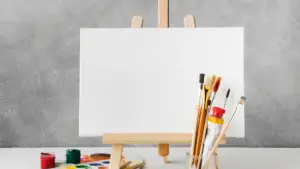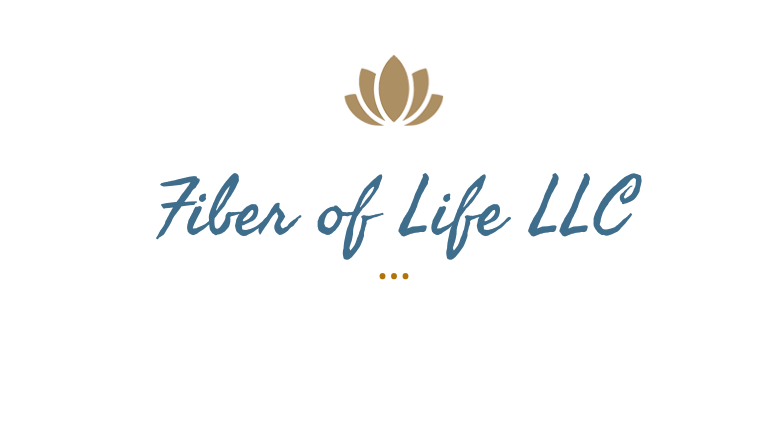
Restorative Movement
Restorative movement could be the most important fitness/wellness practice you have never heard about. My first introduction to restorative movement was over 2 decades ago. I was on a retreat and I saw a class called restorative yoga. I had been practicing yoga for many years but had never heard of this form so I thought I would try it out. It turned out to be one of the best ways I can think of to spend an hour or so.
✨ ✨ ✨
Our bodies are miraculous! The body has all of the tools for self-healing built into it.
However, the way we use or (ab)use our body impacts the ability of the self-healing processes to do their job.
There is no one way to stay fit and healthy. Our bodies have unique characteristics that determine our optimal flexibility, strength, and endurance. Each of us has our own specific ideal fitness routine and even that can change over time. Our bodies are constantly sending us clues as to what that is but we typically ignore the messages.
The right type of nourishment, movement, and sleep are all important to maintaining the ability of our bodies to recover. The challenge for us is finding and sticking to those habits that support the body’s healing capacity.
Our bodies are designed for movement but in a balanced way. Equal focus on effort and rest allows the body to do what it does best. Most exercise creates stress and the destruction of tissues. The results we are seeking from training only occur during rest and recovery, not during the actual high-intensity workout.
Just about everyone has imbalances in the muscles and other soft tissue in the body that support the structure of the skeleton. As we uncover and resolve the imbalances, we move with greater ease and discover that we can be pain-free even in our senior years.
Restoration involves decompressing joints, strengthening, and lengthening muscles, while remolding the connective tissue that supports the structure of the body. Full-body workouts are an important part of rebuilding and maintaining balance. The flow of oxygenated blood is critical to the healing of injuries. Movement facilitates that process as other muscles assist the heart muscle in circulating blood. Attention to alignment and slow purposeful movement allows us to feel the rhythms of and range of motion in our body.
A focus on posture and alignment gives restorative movement its “juice.” Correcting imbalances in the muscles, joints and connective tissue unlocks the body’s healing ability. Most participants find relief for many things including pain, stiffness, scar tissue, headaches, carpal tunnel, etc.
Taking time to restore and assess what our body needs opens the door to an improved quality of life.
There are many restorative movement techniques and practices including:
- The Alexander Method,
- Rolfing,
- Laban Movement,
- Ortho-Bionomy,
- Somatic Education,
- Continuum, and
- The Feldenkrais Method
In addition, gentle stretching and range-of-motion exercises can also be considered restorative movements, as they aim to improve flexibility and mobility without causing discomfort or strain.
The important thing is to start. It takes days, weeks, and months for imbalances to occur in our bodies. It will take time to restore alignment.
Restorative Movement is an important part of every fitness program. Rest and relaxation are just as important as effort in maintaining a healthy body. Taking the time to attend to the needs of our body, is the foundation of wellness.
If you are looking for a way to improve your health and well-being, lower-intensity exercise is a great option. It is easy to do, it is low-impact, and it has many benefits.
All 3 of the S’s are an important part of any chronic pain management program.
The only things for which I am certain that more is always better are the intangibles: more love, more life, more wisdom, more truth, and more faith. The fact is that more stuff can never take the place of these things. More stuff will never satisfy the innate human need to be of service, to be loving and loved, to make a difference, and to know ourselves.
More is not always better. Sometimes more is just more. Let us reflect on the areas of our lives in which more is really more and focus our energy and attention on those things that will truly improve the quality of our lives.
In a world where quick fixes and instant relief are often sought after, it’s essential to embrace a more reflective and holistic approach to chronic pain management.
So, join us at RESTORE, and together, armed with self-awareness and professional guidance, we can begin to chart your journey. Our team is committed to your well-being. Remember, the power to relieve chronic pain lies within your hands.
Pam

As the chill of winter settles in, do you find yourself pushing harder, ignoring your body’s signals to slow down?

Let’s talk dreams – those visions you shelved while you were climbing career ladders or pushing boundaries in male-dominated industries

Picture yourself holding a brush, poised to redefine the very essence of your life’s next great work: retirement.


4 Responses